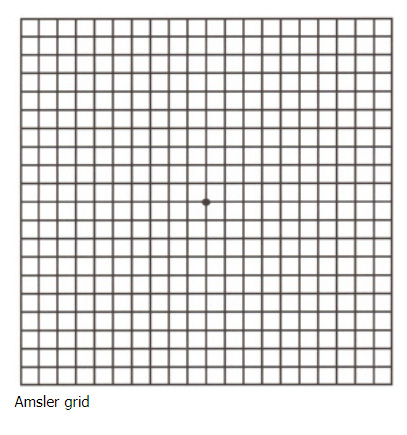Ocular Histoplasmosis Syndrome
 Histoplasmosis is an infectious disease caused by Histoplasma capsulatum, a yeast-like fungal organism that lives in the gastrointestinal tract of birds and is spread to humans by inhalation of dried and airborne dust containing spores. Almost everyone who lives or spends time in the Ohio and Mississippi River valleys has had systemic Histoplasmosis (almost 80 million people).
Histoplasmosis is an infectious disease caused by Histoplasma capsulatum, a yeast-like fungal organism that lives in the gastrointestinal tract of birds and is spread to humans by inhalation of dried and airborne dust containing spores. Almost everyone who lives or spends time in the Ohio and Mississippi River valleys has had systemic Histoplasmosis (almost 80 million people).
Most of us get exposed to histoplasmosis and develop a flu-like illness and heal from it without problems. About 10% of persons who get this flu-like illness can develop scars in the back of the eye affecting the retina and a vascular layer under the retina called the choroid (Ocular Histoplasmosis). Sometimes these scars can occur around the optic nerve or near the macula. The scars themselves do not cause any visual problems. However, many years later and generally in the prime of life (ages 20 to 55) these scars can be sites for the development of new blood vessels under the retina called choroidal neovascularization. Depending on where these blood vessels grow, they may or may not cause vision loss. The closer they are to the macula the more likely they are to cause vision loss. If these new vessels threaten vision, they can be treated with injection of anti-VEGF (vascular endothelial growth factor) medications.
It is very important to monitor central vision in both eyes using an Amsler grid daily if you have ocular histoplasmosis and especially if the vision has been affected in one eye. Patients who develop choroidal neovascularization in one eye have a 25% chance of developing the same in the fellow eye within 3 years if they have histo scars close to the macula.
